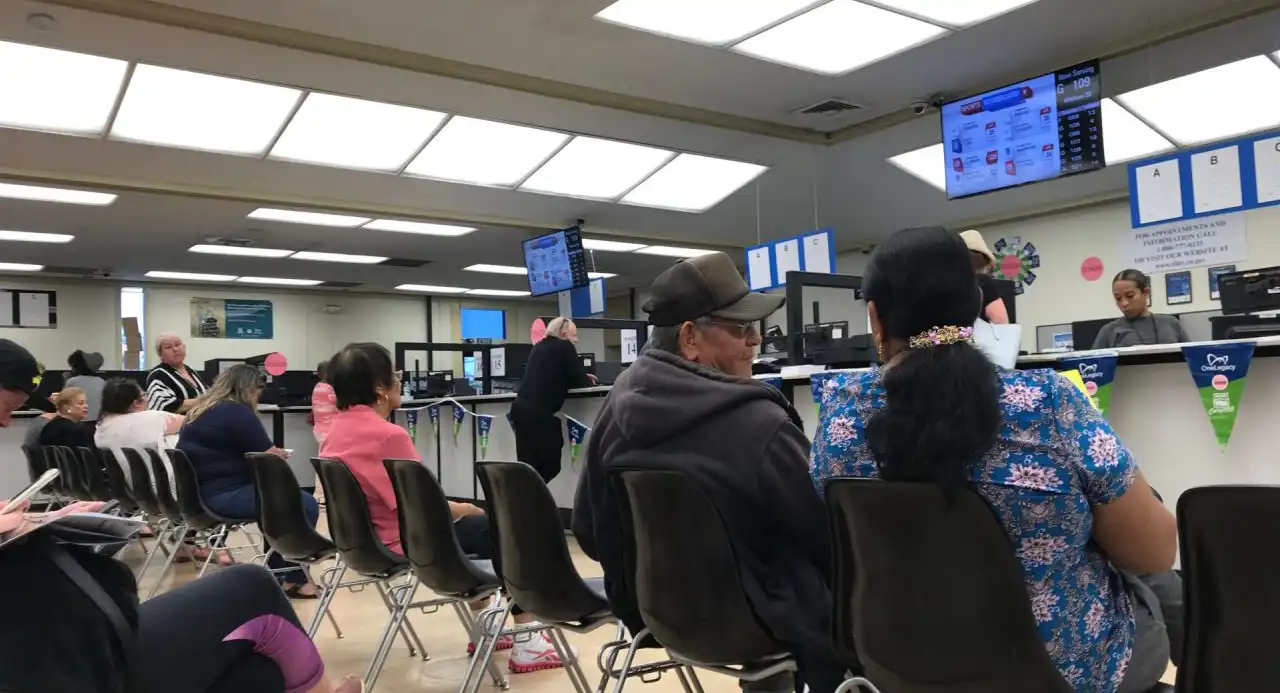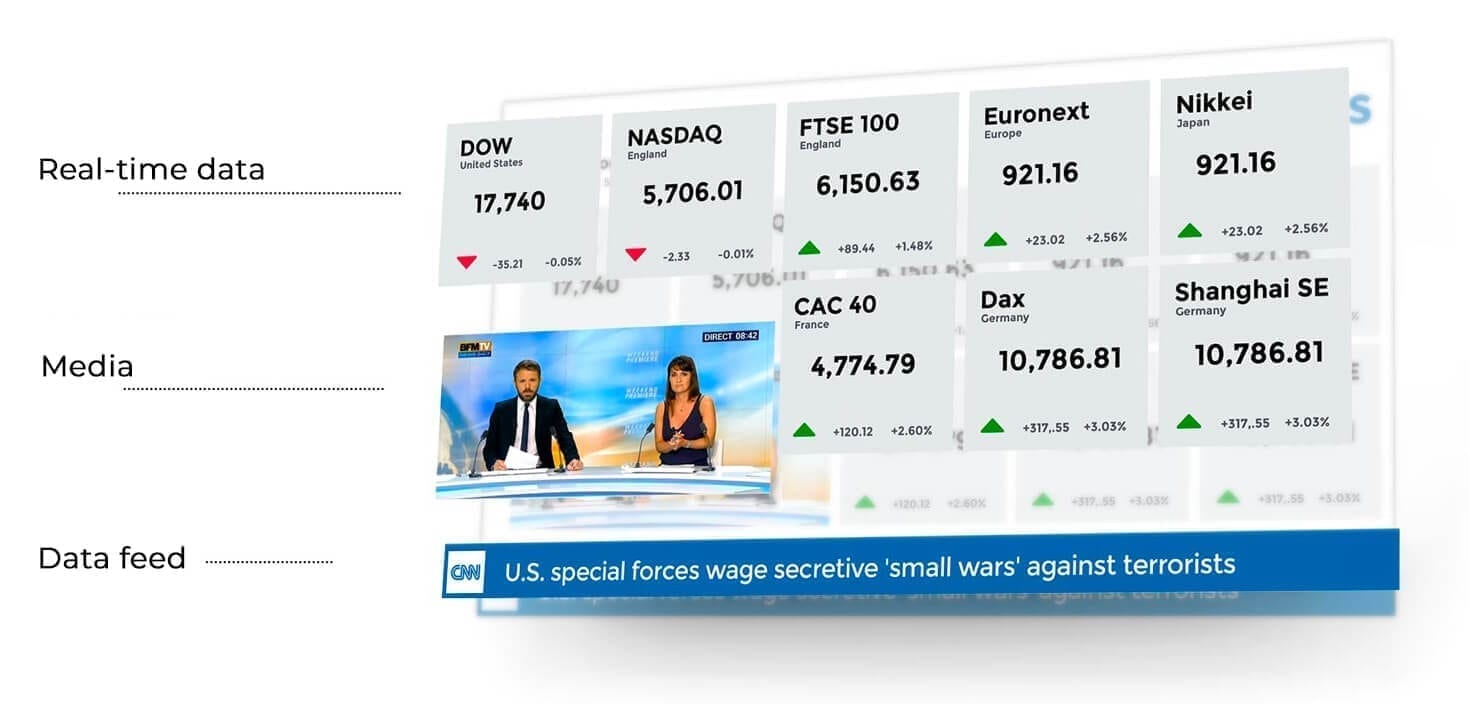Government Facilities
Government Use Screens to Display Community Events, Public Services and Alerts

Identify the needs and pitfalls
In the complex world of government operations, there’s a clear need for innovative solutions that cater to the unique challenges faced by public agencies. Effective communication and operational efficiency are crucial in this industry, and Digital Signage emerges as a game-changer.
Government Digital Signage not only meets the specific needs of the government sector but also offers a chance to transform how information is communicated and operations are managed. Navori software, specifically designed for government agencies, represents a beacon of progress in the midst of the modern complexities of governance.

Why organizations use digital screens to stay on track
Reduce perceived wait times with live infotainment
In government service, being efficient is crucial. Navori digital signage software helps manage screen content in a flexible way. This allows governments to display various content, like interesting infotainment, making wait times better without needing to own the screens themselves.
SoC 2 certified for secure environments and facilities
Security is really important in government work. Navori software has SoC 2 certification, which means it has a strong security system to protect sensitive information and meet the strict security rules for government buildings.
Integrates with your existing live data sources
It’s important to have the latest real-time information on your government digital signage displays. Navori Software easily connects with different data sources, like systems that manage queues, so that the information on the screens is always up-to-date and useful.
Scalable and collaborative content management
Navori software has a system for managing content that can grow as needed and allows government agencies to update and coordinate information on various screens efficiently. This makes sure that the right information is shown, reducing the chances of mistakes.
Supports all player and screen types
Being flexible is important in government, where you have different needs. Navori software can work with many types of players and screens, so government agencies can choose the hardware that fits them best while keeping a consistent experience for users.

Real-life Use Cases for Government Digital Signage
Display live news, weather, and traffic information
Government agencies can keep both employees and the public informed with live news, weather, and traffic information using Navori Digital Signage, enhancing situational awareness and decision-making.
Integrate with existing queue management systems
Navori software seamlessly integrates with existing queue management systems, optimizing customer flow and providing real-time updates on service statuses.
Deploy interactive wayfinders to keep visitors moving
Enhance visitor experience with interactive wayfinders, guiding individuals through government facilities efficiently and reducing confusion.
Securely collaborate with different departments
QL Digital Signage facilitates secure collaboration among different government departments, ensuring effective communication and coordination in a protected environment.
Automate hardware management and on/off times
Efficiently manage hardware resources by automating on/off times with Navori software, reducing energy consumption, and extending the lifespan of digital signage displays.

Conclusion
In short, Navori software provides a tailored and comprehensive solution to meet the special needs of government digital signage. It speeds up processes, encourages teamwork, and boosts security, helping government organizations confidently embrace the digital age. Choose Navori as your partner to improve communication and efficiency in the government sector, and promote transparency and engagement in the future.